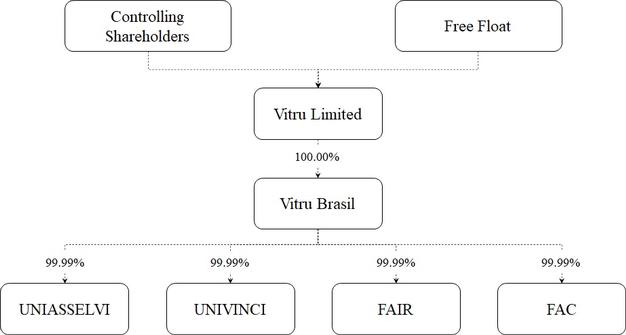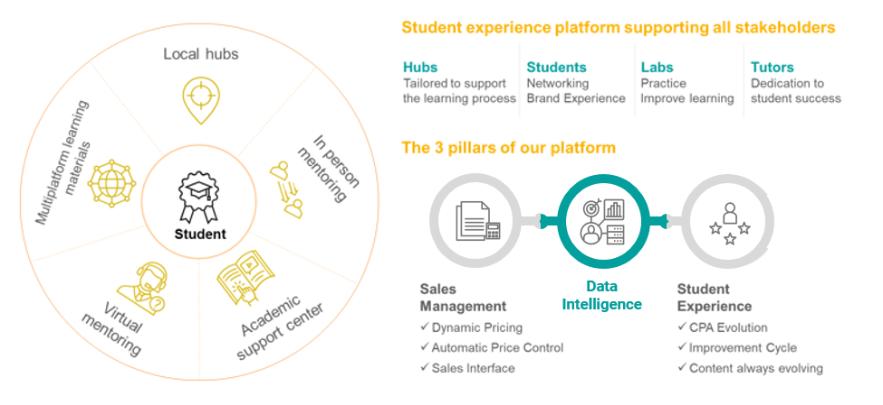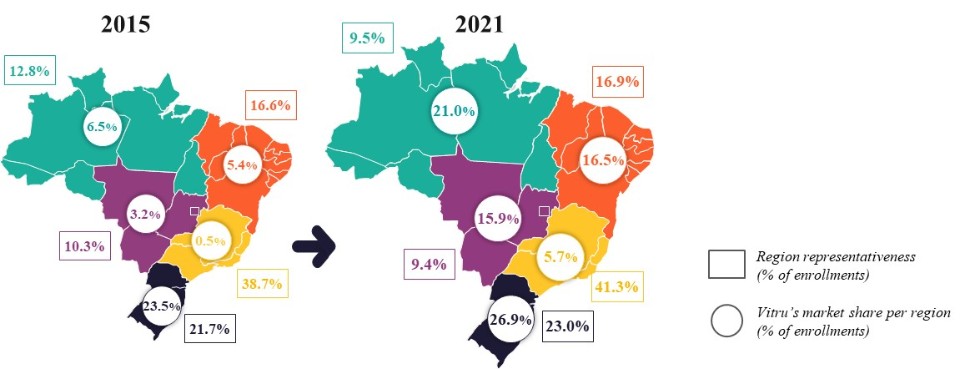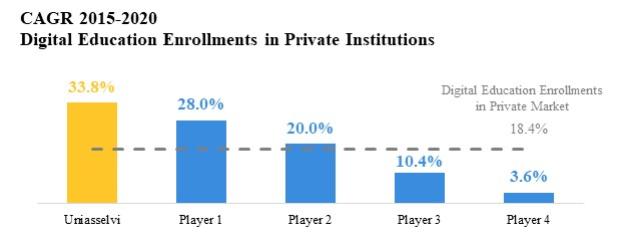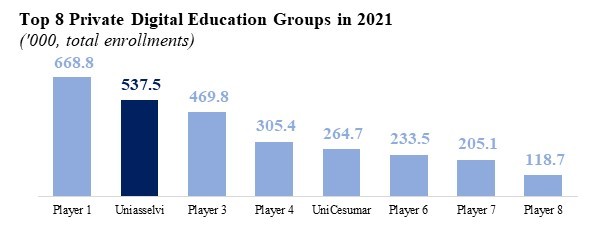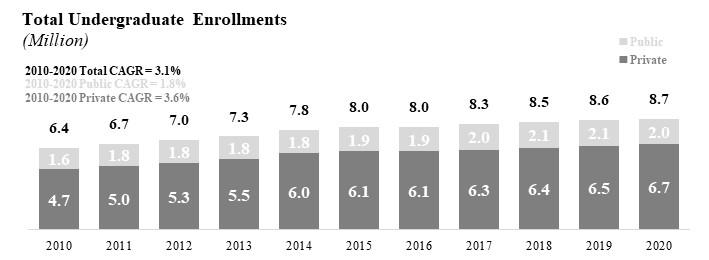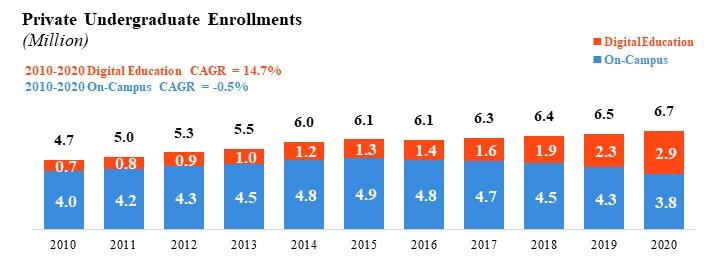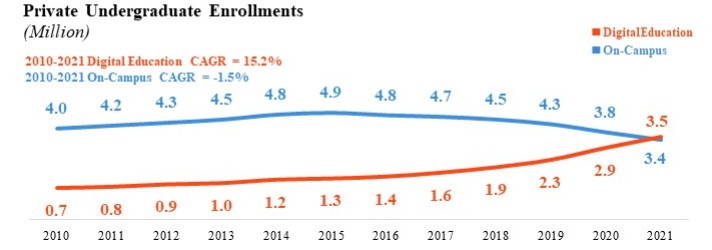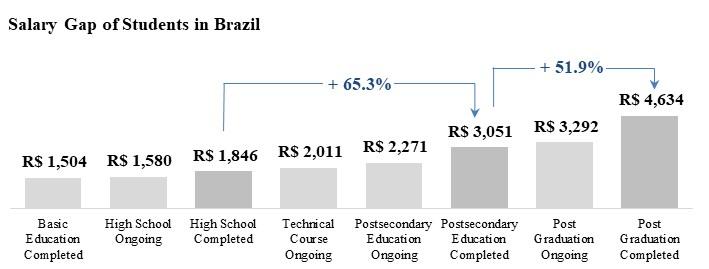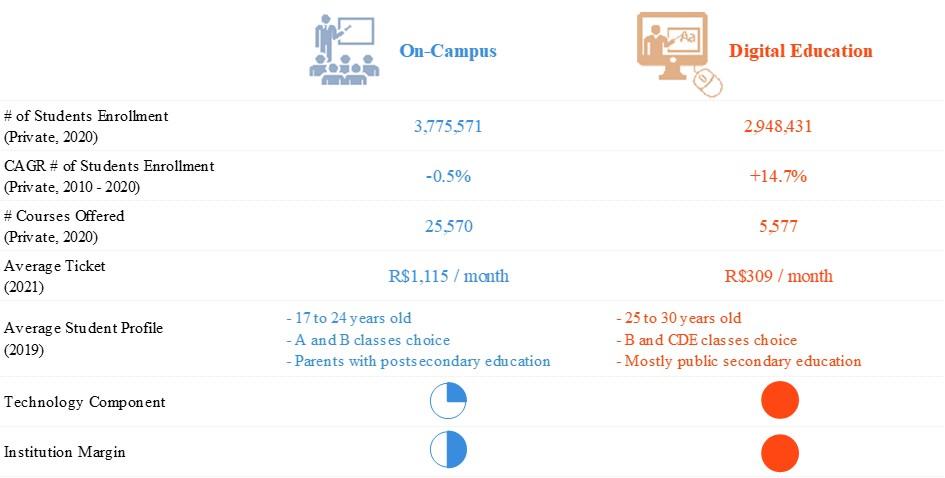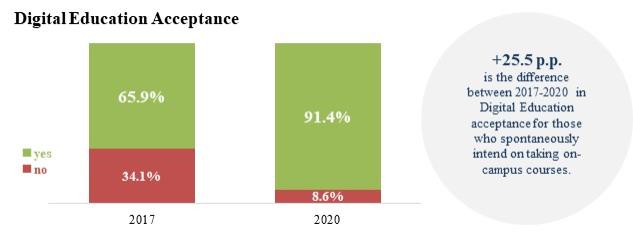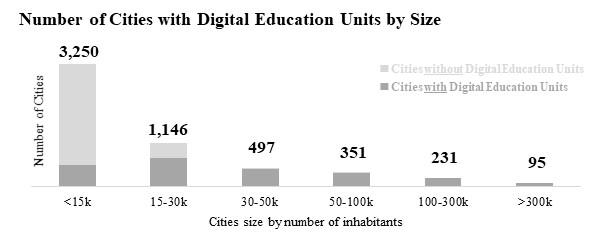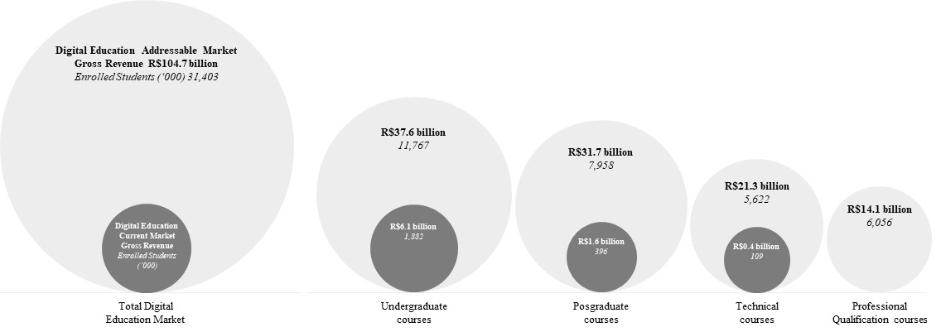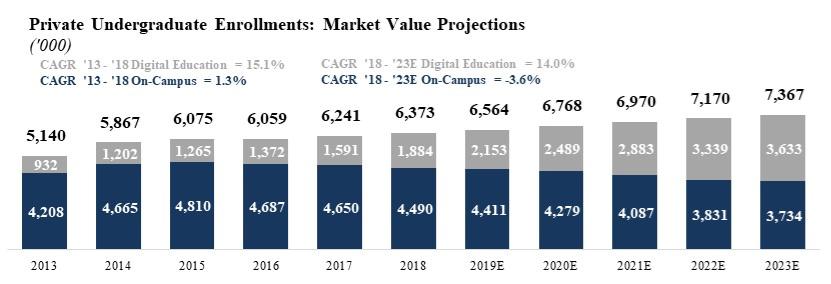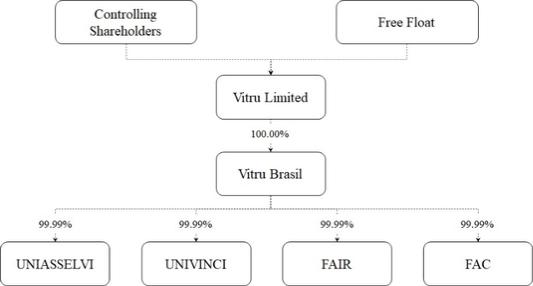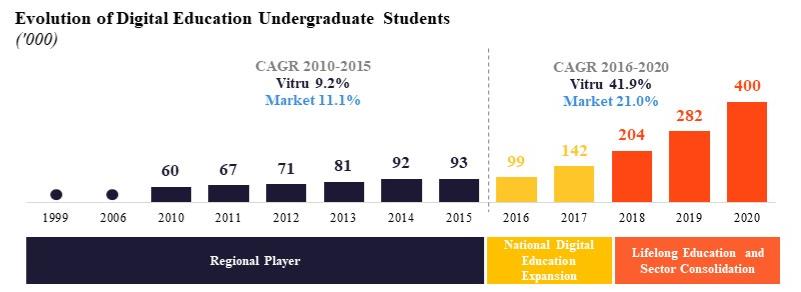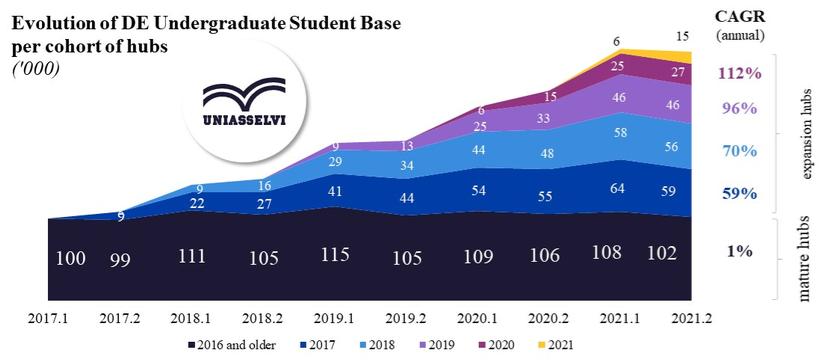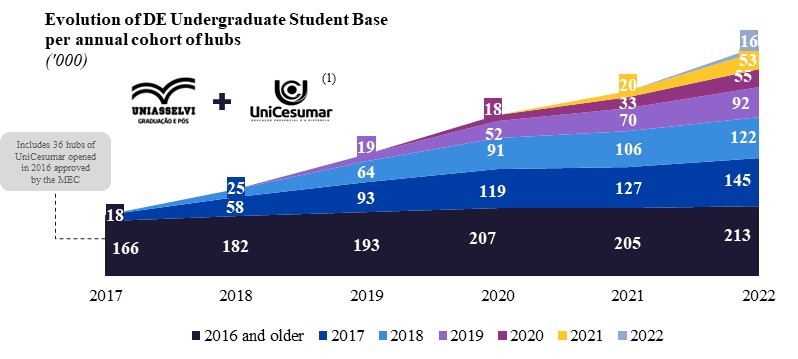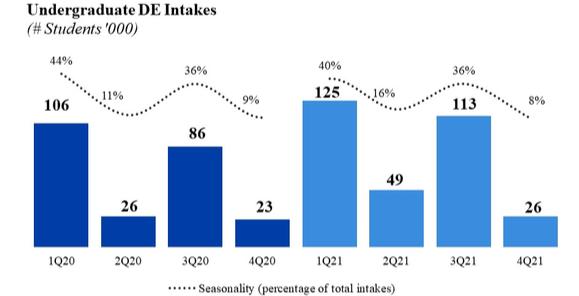depreciation of the real and an increase in inflation and interest rates. In addition, the Brazilian government is incurring significant levels of debt to finance measures to combat the COVID-19 pandemic, which is expected to increase the Brazilian budget deficit. Any such developments may have a material adverse impact on our business, results of operations, financial condition, and prospects.
Uncertainty about the Brazilian government’s implementation of changes in policies or regulations that affect such implementation, may contribute to economic instability in Brazil and increase the volatility of securities issued abroad by Brazilian companies, including our securities.
Any of the above factors may create additional political uncertainty, which could harm the Brazilian economy and, consequently, our business, and could adversely affect our financial condition, our results of operations and the price of our common shares.
Economic, health, political and environmental crises or any other type of crises capable of impacting the Brazilian economy may affect the purchasing power of the population, which may result in a decrease in the number of our students and/or an increase in payment delinquency.
Economic, health, political and environmental crises or any other type of crises capable of impacting the Brazilian economy may affect the purchasing power of the population, which, may result in a decrease in the number of our students, as well as in an increase in payment delinquency or default by our students, or an increase in the proportion of students canceling their course registration.
The market value of securities of Brazilian issuers is affected to varying degrees by economic and market conditions in other countries, including developed countries such as the United States and certain European and emerging market countries. Investors’ reactions to developments in these countries may adversely affect the market value of securities of Brazilian issuers, including our common shares. Trading prices on the B3, for example, have been historically affected by fluctuation in interest rates applicable in the United States and variation in the main U.S. stock indices. Any increase in interest rates in other countries, especially the United States, may decrease global liquidity and the interest of investors in the Brazilian capital markets and/or Brazilian issuers, adversely affecting our common shares. Moreover, crises or significant developments in other countries and capital markets may diminish investors’ interest in securities of Brazilian issuers, including our common shares, and their trading price, limiting or preventing our access to capital markets and to funds to finance our future operations at acceptable terms. The financial crisis that originated in the United States in the third quarter of 2008, for example, resulted in the appreciation of the U.S. dollar against the real, the restriction of credit in the domestic market, an increase in unemployment rates, an increase in credit defaults and, consequently, a reduction of consumption in Brazil. Likewise, the political-economic crisis experienced in the country between 2015 and 2016 had a material impact on unemployment rates, reducing the population’s purchasing power and, consequently, general consumption in the country. In addition, uncertainty about the Brazilian government’s policies or regulations, as well as uncertainty arising from the 2022 Presidential election, may contribute to economic instability in Brazil and increase the volatility of securities issued abroad by Brazilian companies, including our securities.
Furthermore, a new president was elected in Brazil in October 2022, for a four-year term that commenced on January 1, 2023. The uncertainties regarding the new government’s ability to implement its agenda, considering that the majority of the elected federal legislature is from opposition parties, changes related to monetary, fiscal and social security policies, as well as the political climate established after the elections, with massive demonstrations or strikes, can contribute to economic instability. In addition, since the results of the presidential election were announced and as of the date of this annual report, President Jair Bolsonaro was being investigated bythere have been significant demonstrations and protests against the new administration, including riots in the capital, Brasília, on January 8, 2023, during which the presidential palace, the Brazilian Congress and Brazil’s Supreme Federal Court (Supremo Tribunal Federal) for alleged improper acts disclosedwere invaded and depredated by the former Minister of Justice, Mr. Sergio Moro. According to the former minister, the President sought the appointment of certain staff within the Brazilian federal police. In addition, the President is also being investigated by an inquiry commission within the Brazilian Senate for his handlingprotesters. Any deterioration of the COVID-19 pandemic. Ifpolitical environment may affect the President is found to have committedconfidence of investors and the alleged acts, any consequences arising from such investigation, including the initiation of a potential impeachment proceeding, may have material adverse effects on the political and economic environmentgeneral public in Brazil, as well as on Brazilian companies, including some of our subsidiaries.
A failure by the Brazilian government to implement necessary reforms may result in diminished confidence in the Brazilian government’s budgetary condition and fiscal stance, which could result in downgrades of Brazil’s sovereign foreign credit rating by credit rating agencies, negatively impact Brazil’s economy, and lead to further depreciation of the real and an increase in inflation and interest rates. In addition, the Brazilian government is incurring significant levels of debt to finance measures to combat the COVID-19 pandemic, which is expected to increase the Brazilian budget deficit. Any such developments may have a material adverse impact on our business, results of operations, financial condition, and prospects.
Uncertainty about the Brazilian government’s implementation of changes in policies or regulations that affect such implementation, as well as uncertainty arising from the 2022 Presidential election, may contribute to economic instability in Brazil and increase the volatility of securities issued abroad by Brazilian companies, including our securities.
Any of the above factors may create additional political uncertainty, which could harm the Brazilian economy and consequently, our business, and could adversely affect our financial condition, our results of operations and the price of our common shares.
Economic, health, political and environmental crises or any other type of crises capable of impacting the Brazilian economy may affect the purchasing power of the population, which may result in a decrease in the number of our students and/or an increase in payment delinquency.
Economic, health, political and environmental crises or any other type of crises capable of impacting the Brazilian economy may affect the purchasing power of the population, which, may result in a decrease in the number of products and services we sell, as well as in an increase in payment delinquency or default by our students, or an increase in the proportion of students canceling their course registration.
The market value of securities of Brazilian issuers is affectedissuers.
While the COVID-19 pandemic has been substantially suppressed in Brazil, if there were to varying degrees by economic and market conditions in other countries, including developed countries such as the United States and certain European and emerging market countries. Investors’ reactions to developments in these countries may adversely affect the market value of securities of Brazilian issuers, including our common shares. Trading prices on the B3, for example, have been historically affected by fluctuation in interest rates applicable in the United States and variation in the main U.S. stock indices. Any increase in interest rates in other countries, especially the United States, may decrease global liquidity and the interest of investors in the Brazilian capital markets, adversely affecting our common shares. Moreover, crises or significant developments in other countries and capital markets may diminish investors’ interest in securities of Brazilian issuers, including our common shares, and their trading price, limiting or preventing our access to capital markets and to funds to finance our future operations at acceptable terms. The financial crisis that originated in the United States in the third quarter of 2008, for example, resulted in the appreciationbe a resurgence of the U.S. dollar against the real, the restrictionpandemic, Brazilian authorities may once again impose a lockdown of credit in the domestic market,our on-campus activities for an increase in unemployment rates, an increase in credit defaultsundefined extended period of time, among other measures, all of which are outside of our control and consequently, a reduction of consumption in Brazil. Likewise, the political-economic crisis experienced in the country between 2015 and 2016 had a material impact on unemployment rates, reducing the population’s purchasing power and, consequently, general consumption in the country.have materially adversely
